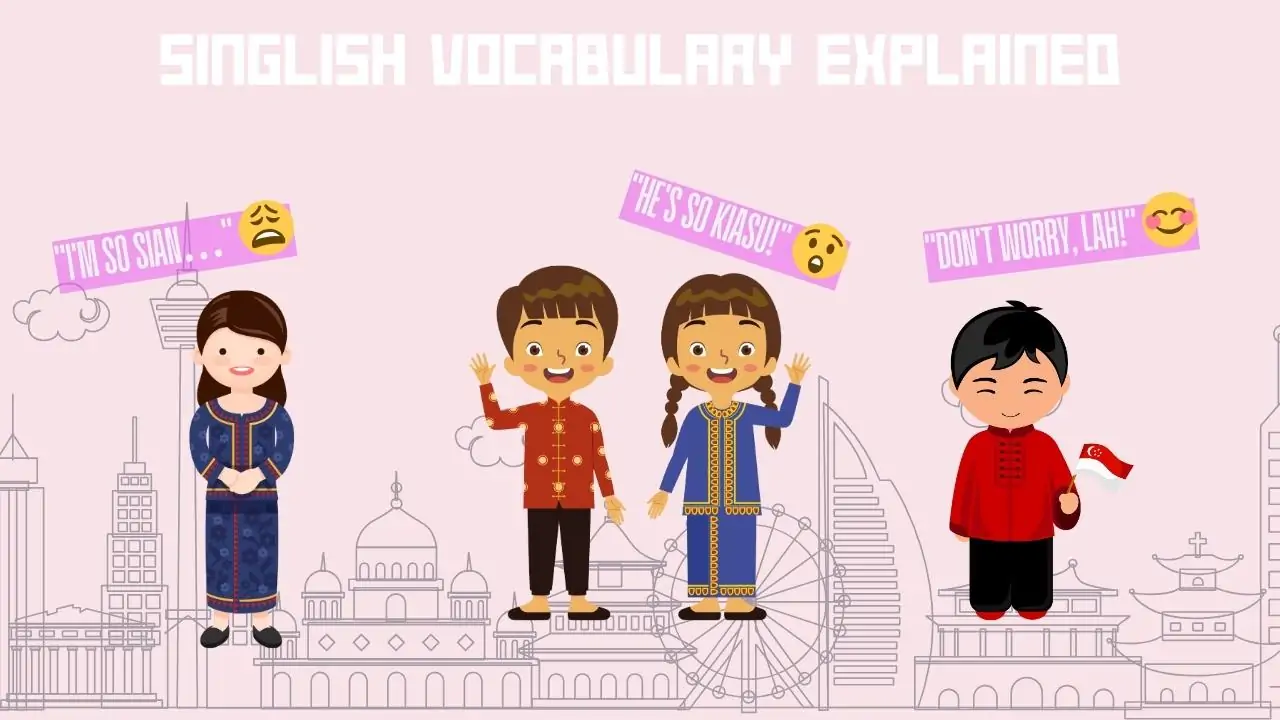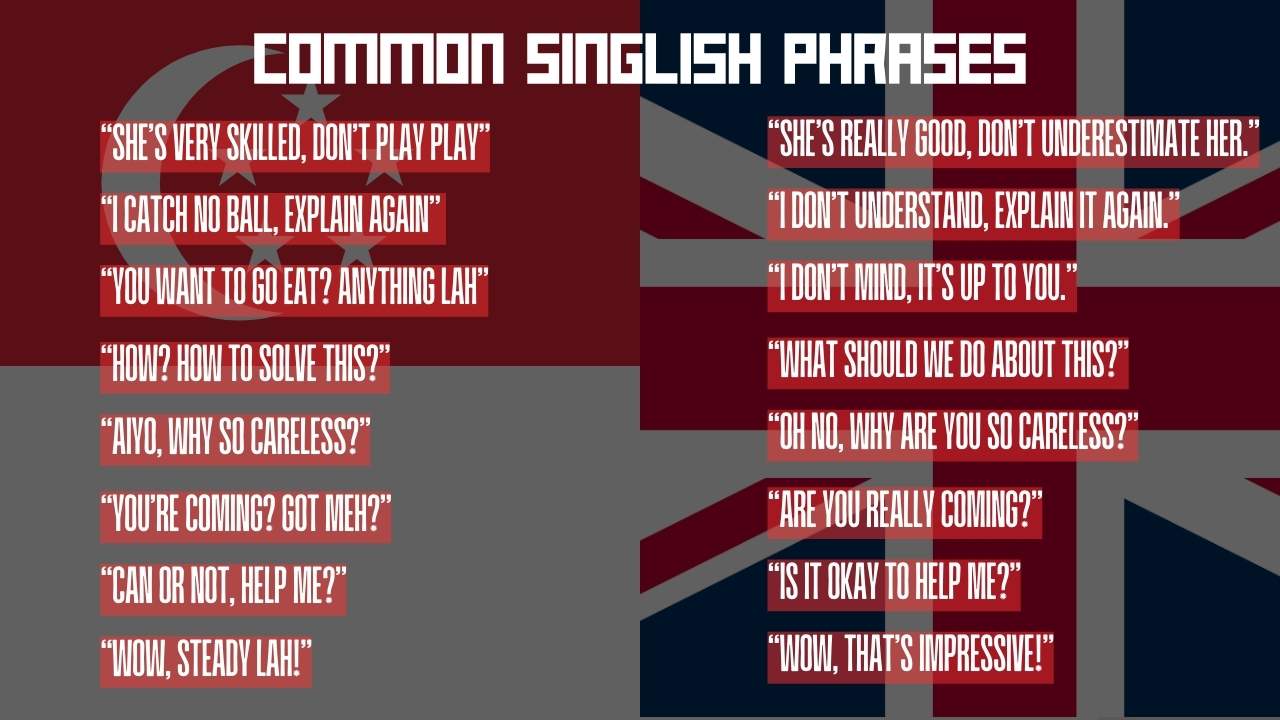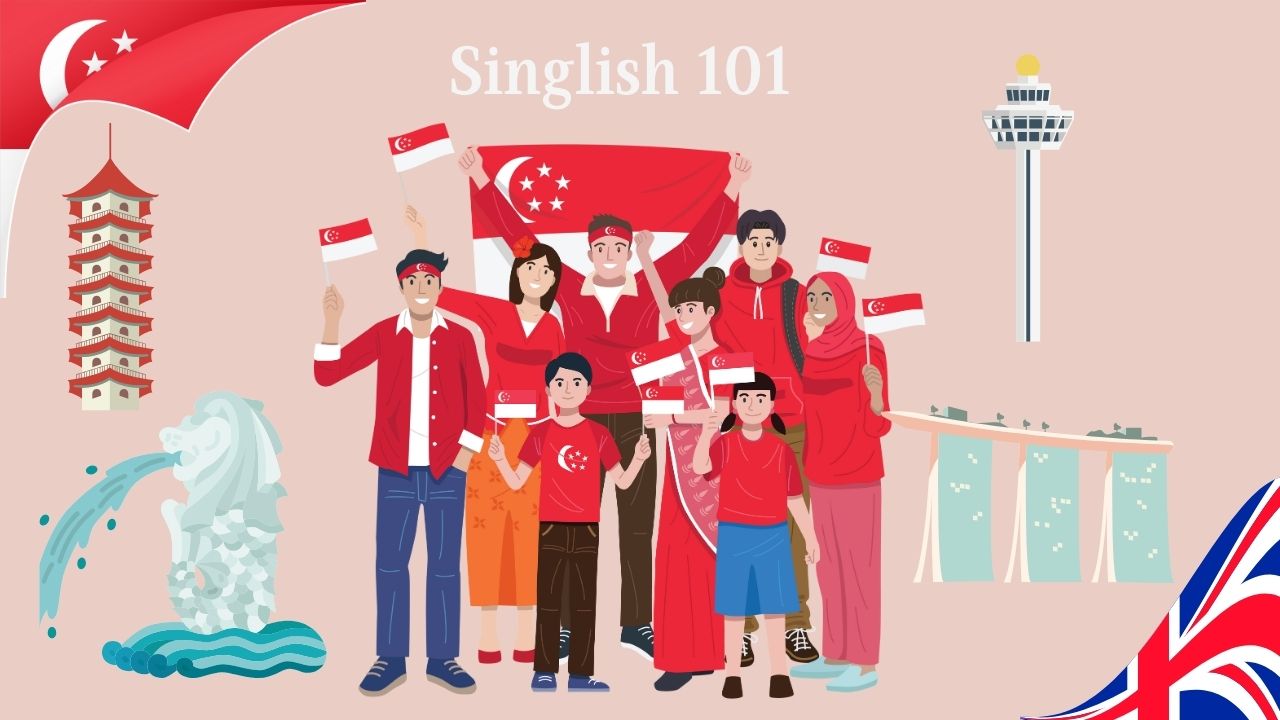Walking through Singapore, you might hear conversations that sound like English but are different in many ways. This is Singlish, a mix of English, Malay, Chinese, Tamil, and other local languages.
It’s informal, and expressive, and carries the essence of a unique identity that perfectly describes Singapore.
If you want to check if something written in Singlish is truly authentic, tools like ZeroGPT can help.
In this article, we will explore what makes Singlish different from standard English.
The Cultural Roots of Singlish

When Singapore became a British colony, English was introduced as the official language. Over time, it became the language of government and business.
However, the local population spoke many different languages, including Malay and Chinese dialects.
As people from different backgrounds interacted daily, they began using English with their own language influences. A new language was born out of this practical way of communicating.
- Chinese Influence: Many words in Singlish come from various Chinese dialects like Hokkien, Cantonese, and Mandarin. For example, “lah” or “lor” are commonly used to end sentences and give emphasis.
- Malay Influence: Malay terms like “bapak” (father) or “makan” (eat) are often used in everyday speech.
- Tamil Influence: Words like “sian” (bored) or “vex” (angry) reflect Tamil’s impact on the language.
Singlish in Daily Life
Singlish is part of everyday life for many Singaporeans, especially in informal settings. It’s not usually used in formal environments like schools or government offices.
Instead, it’s the language of the streets, hawker centers, and casual conversations. For people living in Singapore, it feels natural and is deeply tied to local identity.
- Community and Identity: Singlish creates a sense of belonging. It’s a marker of being local, and speaking it ties people together, regardless of their ethnic background.
- Expression of Singaporean Humor: Singlish allows people to express humor, sarcasm, and wit in a way that other languages often cannot. The playful use of words and phrases makes conversations feel more genuine and fun.
How is Singlish Different from Standard English
It follows its own set of rules that differ from standard English. While standard English has strict grammar and structure, Singlish is more flexible and informal.
The differences in vocabulary, sentence structure, and even grammar make it a language of its own.
Vocabulary

Singlish is packed with words from Malay, Chinese dialects, Tamil, and other local languages.
For example, you might hear someone say “lah” to emphasize a point, or “kiasu” to describe someone who’s afraid of missing out.
- “Lah”: Adds emphasis, often at the end of a sentence (e.g., “Don’t worry, lah!”).
- “Kiasu”: Refers to the fear of losing out or missing opportunities (e.g., “He’s so kiasu, always trying to get ahead”).
- “Sian”: Describes a feeling of boredom or being tired (e.g., “I’m so sian, I need a break”).
Grammar and Sentence Structure
It doesn’t follow the same grammatical rules as standard English. One of the biggest differences is the frequent omission of the verb “to be.”
For example, instead of saying, “I am going to the store,” a Singlish speaker might say, “I go store.” Similarly, you might hear, “He very clever” instead of “He is very clever.”
- Omission of the verb “to be”: Common in sentences like “She hungry” instead of “She is hungry.”
- Simplified sentence structure: No need for extra words. For example, “I take bus” instead of “I will take the bus.”
Tones and Emphasis
People often add particles or change their tone to convey meaning. They don’t have direct equivalents in standard English but can help express feelings, doubts, or emphasis.
- “Lor”: Used at the end of a sentence to convey resignation or indifference (e.g., “Okay lor, we go”).
- “Leh”: Used to soften statements or ask for confirmation (e.g., “You don’t like it, leh?”).
- “One”: Used to emphasize or confirm something (e.g., “This one is the best!”).
Popular Singlish Words and Phrases
Singlish uses words that come from many different languages. These words add meaning to sentences, making them more colorful and specific to how people in Singapore speak. The words are simple and direct, making communication fast and easy.
Common Words
- “Lah”: Added at the end of a sentence to emphasize a point. It’s used to make a statement more direct or casual. For example, “Don’t worry, lah!” or “I’m busy, lah!”
- “Kiasu”: Refers to the fear of losing out. It’s often used to describe someone who is overly cautious or competitive. For example, “Stop being so kiasu!” means “Stop worrying so much about missing out.”
- “Chope”: Means to save or reserve something. For example, “I chope this seat!” means “I’ve saved this seat!”
- “Sian”: Expresses feeling tired, bored, or frustrated. For example, “I’m so sian today” means “I feel tired or bored today.”
- “Zhun”: Used to describe something that is accurate or correct. For example, “That’s zhun” means “That’s correct.”
- “Lor”: Added at the end of a sentence to show indifference or resignation. For example, “Okay lor, we can go” means “It’s fine, we can go.”
Common Phrases

Singlish is full of phrases that give more personality to conversations. Here are some of the most common phrases you’ll hear:
- “Don’t play play”: Means don’t underestimate someone or something. For example, “She’s very skilled, don’t play play” means “She’s really good, don’t underestimate her.”
- “Catch no ball”: Used when you don’t understand something. For example, “I catch no ball, explain again” means “I don’t understand, explain it again.”
- “Anything lah”: Used to express a casual attitude, meaning it doesn’t matter. For example, “You want to go eat? Anything lah” means “I don’t mind, it’s up to you.”
- “How?”: Used to ask for a solution or action. For example, “How? How to solve this?” means “What should we do about this?”
- “Aiyo”: An expression used to show surprise, frustration, or exasperation. For example, “Aiyo, why so careless?” means “Oh no, why are you so careless?”
- “Got meh?”: Used to question if something is true, often with surprise. For example, “You’re coming? Got meh?” means “Are you really coming?”
- “Can or not?”: Used to ask if something is possible or acceptable. For example, “Can or not, help me?” means “Is it okay to help me?”
- “Steady lah”: A phrase used to describe someone who is calm, in control, or impressive. For example, “Wow, steady lah!” means “Wow, that’s impressive!”
FAQs
1. Is Singlish an official language in Singapore?
No, Singlish is not an official language in Singapore. The official languages are English, Malay, Mandarin, and Tamil. Singlish, however, is commonly spoken in informal settings and is a significant part of the local culture.
2. Can I use Singlish in a formal setting?
Singlish is typically reserved for informal situations. It is not used in formal settings like government offices, schools, or business meetings. In such settings, standard English is expected.
3. Is Singlish only used by Singaporeans?
While Singlish is most common in Singapore, it is also spoken by some Singaporeans living abroad. However, it’s mainly a local form of communication that reflects Singapore’s unique social and cultural environment.
4. Does speaking Singlish make someone less educated?
No, speaking Singlish does not imply a lack of education. Many educated Singaporeans speak Singlish casually in informal settings, while using standard English in more formal contexts. Singlish is a reflection of local identity, not education level.
5. Is it difficult to learn Singlish?
Learning Singlish is not particularly difficult, especially for people who already speak English. The main challenge lies in mastering the unique words, expressions, and sentence structures that distinguish it from standard English.
Bottom Line
Singlish is a casual way of speaking used by many people in Singapore. It is part of everyday life and helps people connect with each other. While not used in formal settings, it’s an important part of local culture and identity.

